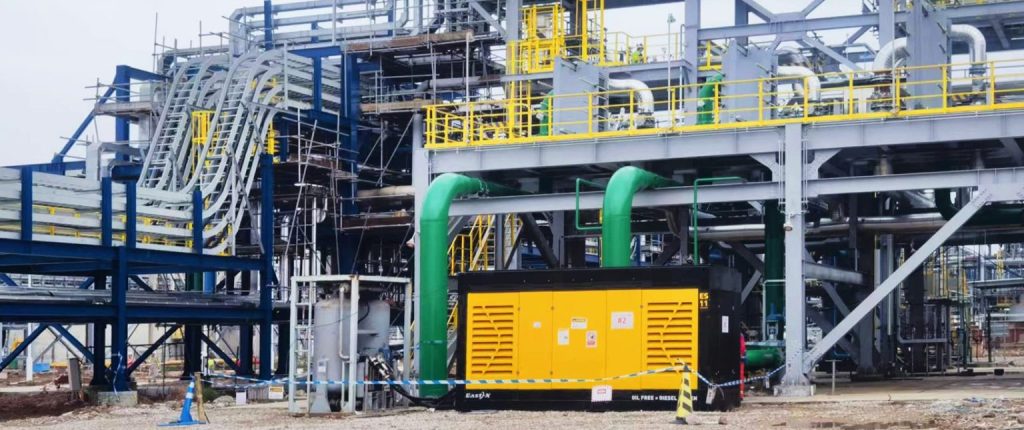As cold waves roll in and temperatures plunge, ice can form in an instant. To prevent damage caused by freezing conditions, it’s crucial to prepare your compressed air system for winter. Below is a standardized maintenance checklist to help you operate safely and efficiently in low temperatures.
1. Maintain Stable Ambient Temperature
Reinforce thermal insulation for compressor rooms and keep the indoor temperature above 0°C. Before starting up, the equipment temperature should ideally be over 2°C. For outdoor piping and valves, apply insulation and, where possible, install heating devices in critical areas.
Safety Tip: Be alert for condensation or cooling water leaks around the equipment, as ice formation may pose slip hazards to personnel.
2. Key Considerations for Winter Operation
1. Startup Procedures
- Lubrication System Monitoring: Cold temperatures increase oil viscosity, potentially restricting flow. Use OEM lubricants and consider increasing oil filter replacement frequency. For long-idle equipment, replace oil filters before restarting.
- Pre-Heating: If ambient temperature is below the recommended minimum, install heating devices for the machine or lubricant prior to startup.
- Moisture Monitoring: Increased condensation during winter demands regular oil sampling to track moisture content and avoid oil degradation.
- Heat Recovery System Caution: For oil-lubricated compressors equipped with heat recovery systems, keep the oil valve closed before startup. Only switch to heat recovery mode once the compressor is fully loaded and stable.
- Water-Cooled Units: Check for unblocked water flow and ensure no leaks in the cooling system.
- Centrifugal Compressors: Monitor current draw and adjust the max load set point as needed to prevent motor overload.
2. Post-Shutdown Drainage
After stopping from a high-temperature operating state, condensation accumulates in the compression chamber, pipelines, and air receiver tanks. To prevent freezing or component rupture, drain all condensate before the equipment cools to ambient temperature.
- For water-cooled machines, fully drain any residual water in coolers, close inlet/outlet valves, and blow dry using compressed air if needed to prevent freezing and rupturing.
- Long-Term Idle Equipment: Run the compressor briefly once per week to prevent mechanical lock-up and maintain system integrity.
By following this winterization guide, you’ll protect your air compressor from cold-related failures and ensure consistent performance throughout the harshest months. Let this “winter survival kit” keep your system warm and your operations smooth.


